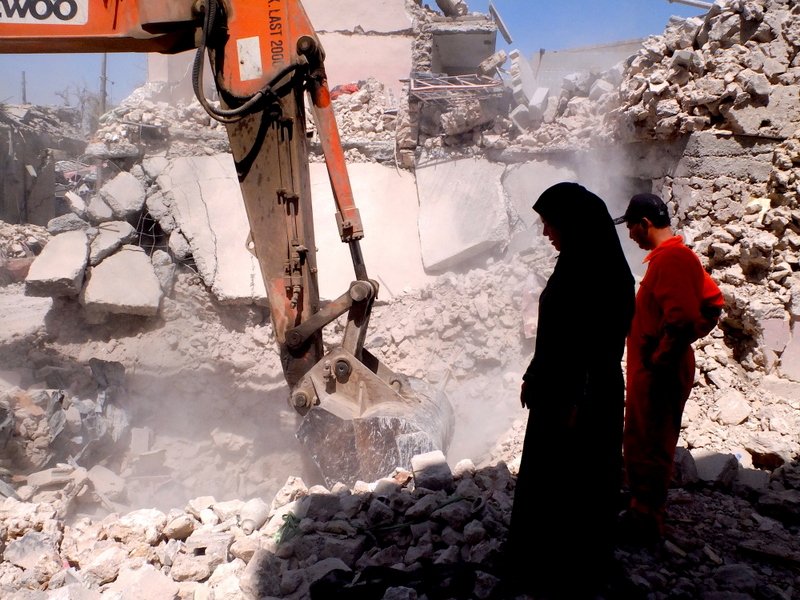
Thanks to @SamOnTheRoad for use of June 29 pic of Nadia Aziz Mohammed,
as she waits for recovery of 11 family members killed in airstrike: photo by Sam Kimball / image via Airwars @airwars, 1 July 2017
Additional reporting by Latif Habib, Alex Hopkins and Eline Westra
Mosul is almost completely back in the hands of Iraqi government forces, after one of the most brutal city assaults witnessed in decades. While there has so far been no formal declaration of an end to the assault, Prime Minister Haider al Abadi has already said that "We are seeing the end of the fake Daesh state, the liberation of Mosul proves that.”
Yet even as Iraqis celebrate the routing of the terror group ISIS (so-called Islamic State) from their nation’s second city, the scale of death and destruction visited upon Mosul is becoming clearer.
Thousands of Moslawis have credibly been reported killed since October 2016, with West Mosul in particular devastated. The Coalition alone says it fired 29,000 munitions into the city during the assault. Five times more civilians were reported killed in west Mosul versus the east of the city, Airwars tracking suggests – an indication of the ferocity of recent fighting.
Doctors working with the International Committee of the Red Cross (ICRC) near the last frontlines report that they have still been receiving mass civilian casualties – up to half of whom are children.
“We have no overall figures, but
certainly our colleagues from the mobile surgery team at the hospital
have seen a tremendous increase in civilian casualties over the past
weeks,” she added.
According to city officials, as much as 80 Percent of West Mosul has been completely destroyed.
Civilians still emerging from the battlefield are often bloodied and
starving – traumatised by Iraqi and Coalition bombardments; and by
atrocities commited by ISIS.
According to reporters accompanying
Iraqi forces, the stench of death is everywhere in the Old City – with
civil defence officials reporting that as many as 4,000 bodies still remain unrecovered in the rubble. It is likely to be many months before the full death toll is known.
Three months longer than battle for Stalingrad
Operations to retake Iraq’s second
largest city from ISIS began on October 17th 2016, and effectively
lasted for 256 days – three months longer than the epic Battle of
Stalingrad in World War Two.
An estimated 100,000 Iraqi security personnel, 40,000 Kurdish fighters and about 16,000 pro-government fighters took part in the battle.
Military casualties have been high. Although the government refuses to
release official figures, thousands of Iraqi forces have been credibly
reported killed or injured.
The Coalition is declining to estimate
how many ISIS fighters were killed in the battle for Mosul. Instead an
official told Airwars: “Through our operations, the Coalition has
degraded ISIS fighters on the front lines, but also their command and
control apparatus, leaders, industrial base, financial system,
communication networks, and the system that they use to bring foreign
fighters in to fill their ranks in both Iraq and Syria.”
But the civilian toll too has been high.
Over the course of the Mosul assault, Airwars tracked over 7,200
alleged civilian fatality allegations in the vicinity of Mosul which
were blamed on the US-led Coalition. Most of these incidents remain
difficult to vet, and in the majority of cases several actors in
addition to the Coalition are blamed – including ISIS and Iraqi security
forces.
Even so, Airwars researchers presently
estimate that between 900 and 1,200 civilians were likely killed by
Coalition air and artillery strikes over the course of the eight month
campaign. Many hundreds or even thousands more may have died in
Coalition actions – though it may be impossible in many cases ever
properly to attribute responsibility. Coalition airstrikes on the city
were carried out by the United States, Britain, France, Belgium and
Australia – while both the US and France also conducted heavy artillery
strikes in support of Iraqi forces. French forces alone have reported
over 1,160 artillery actions.
In one tragic incident confirmed by the
US, up to 12 civilians were killed or wounded after one of its
airstrikes hit a school in Faisaliyah neighborhood in West Mosul on
January 13th. In its March civilian casualty report the Coalition conceded that “during a strike on ISIS fighters in a
house it was assessed that eight civilians were unintentionally killed.
During post-strike video analysis civilians were identified near the
house who were not evident prior to the strike.”
Airwars was able to speak with a
witness, Qusay Saad Abdulrazaq, who lost his two young children in the
attack. The father said in a letter that the Coalition strike had hit
the Al Marafa private school at 9am that day. His children, Abdulrahman
and Aesha, did not survive. When Airwars spoke with Mr Abdulrazaq two
months after the incident, he had finally been able to bury the
recovered body parts of his children.
Victory declared
Victory was effectively declared by
Iraqi forces on June 29th after they captured what remained of the
once-treasured al Nouri Mosque, where ISIS leader Abu Bakr al-Baghdadi
had declared the terror group’s ‘caliphate’ in a 2014 speech. On June
23rd Iraqi and Coalition officials accused the group of rigging the
structure with explosives and blowing it up as fighting closed in. By
most accounts only a few Mosul city blocks now remain under ISIS
control, though fears remain of terrorist sleeper cells in liberated
neighbourhoods.
In addition to copious and often
indiscriminate fire from Iraqi forces and ISIS, the Coalition has
launched over 1,000 airstrikes in Mosul since October 17th, in addition
to artillery, helicopter, rocket and mortar fire. With high civilian
casualties reported, Airwars joined with international NGOs during the
battle to urge Iraqi and Coalition forces to end their use of heavy and indiscriminate weapons on the city.
Belkis Wille, Iraq researcher at Human
Rights Watch, says the battle has wrought devastation on civilians,
their homes and the city: “With the massive spike in airstrikes and
indiscriminate ground-fired munitions by Iraqi and US forces, we have
seen entire city blocks obliterated, and hundreds of civilians wounded
and killed in the crossfire,” she told Airwars. “ISIS has used the
civilians still under its control as human shields and carried out
numerous abuses including chemical weapons attacks and executions of
those trying to flee.”
The deadliest incident so far admitted
to by the Coalition took place on March 17th, when US planes bombed a
building in the city’s al-Jadida neighborhood. The structure collapsed,
leaving at least 105 civilians dead according to military investigators –
though locals claimed the true toll was far higher. The Coalition also
claimed the structure had been rigged with explosives by ISIS, though
the city’s civil defence officials deny this. The al Jadida incident was
ranked “contested” by Airwars until the Coalition admitted to it months
later – suggesting that many more civilian deaths may yet be ascribed
to international forces.
ISIS’s remaining strongholds in Iraq,
including Hawijah, are likely to be the next target of Iraqi and
Coalition actions. But for the people of Mosul many troubles remain.
Almost 700,000 Moslawis are still displaced by the fighting according to
the UN office for the Coordination of Human Affairs.
Even after liberation, some Mosul residents are still being forced to
leave. On June 30th, the UN’s human rights office reported that it was alarmed by a “rise in threats, specifically of forced evictions, against those
suspected of being ISIL members or whose relatives are alleged to be
involved with ISIL.”
It will likely be a long time before
many can return. The physical destruction in Mosul – and most of all in
the more densely packed western side – is still being assessed. But
footage of neighborhoods, including those around the Old City, show a
catastrophic level of damage that will take years to reconstruct.
According to Iraqi officials, the cost of physical reconstruction is
likely to be tens of billions of dollars.
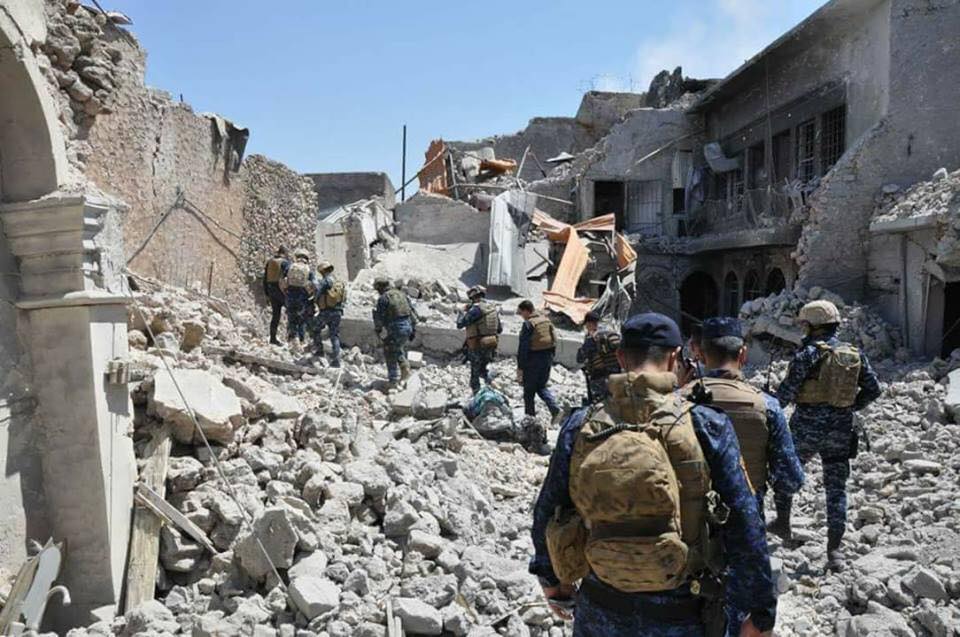
2) Coalition alone says it dropped 29,000 munitions on Mosul. Up to 80% of parts of city devastated. Rebuilding will cost $ tens of billion: image via Airwars @airwars, 1 July 2017
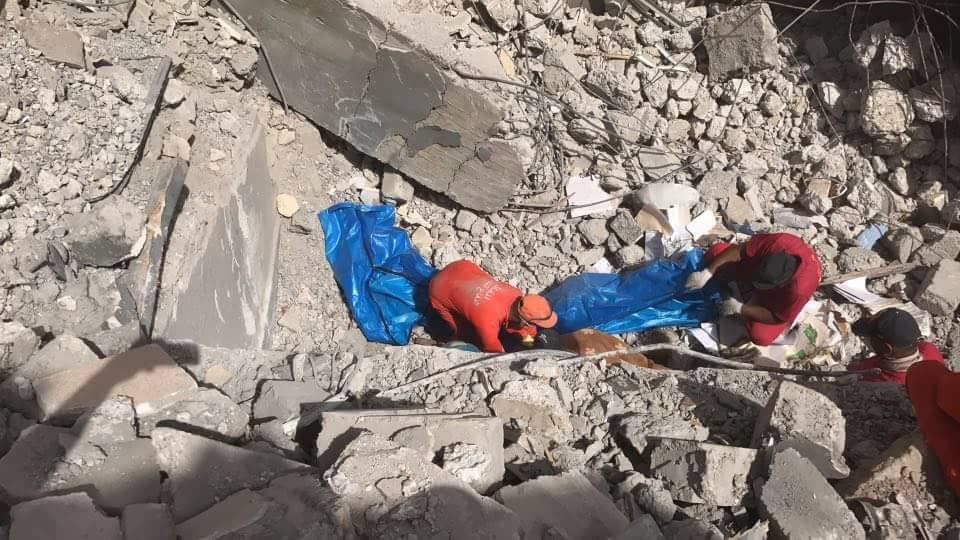
3)Thousands have died, with up to 7,200 deaths alleged at Mosul from Coalition actions - though attributing blame remains challenging: image via Airwars @airwars, 1 July 2017
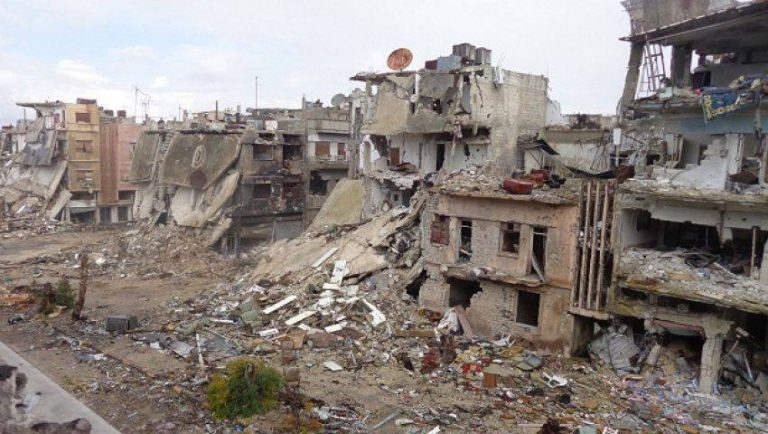

6) An estimated 150,000 Iraqi, peshmerga and PMU forces took part in the battle - and while officials are cagey, 1000s of casualties likely: image via Airwars @airwars, 1 July 2017
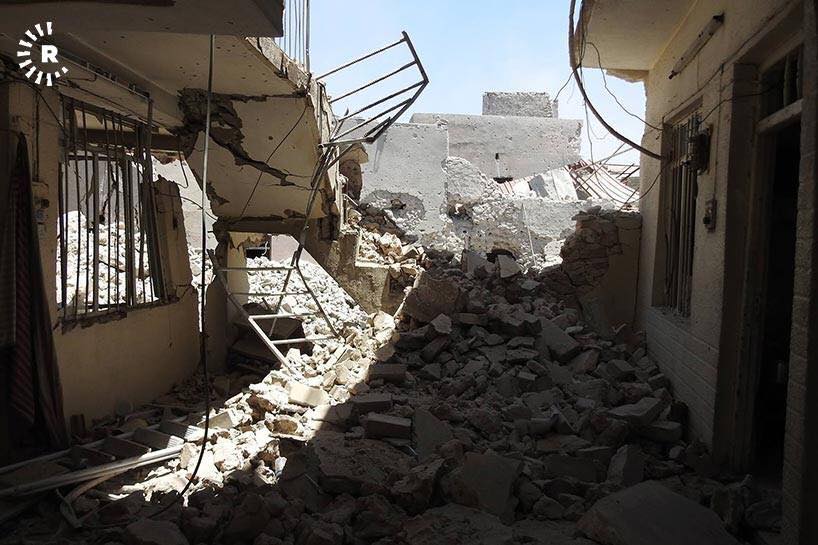

2) Coalition alone says it dropped 29,000 munitions on Mosul. Up to 80% of parts of city devastated. Rebuilding will cost $ tens of billion: image via Airwars @airwars, 1 July 2017

3)Thousands have died, with up to 7,200 deaths alleged at Mosul from Coalition actions - though attributing blame remains challenging: image via Airwars @airwars, 1 July 2017

4) Our present estimate is 900 to 1,200 civilians died in Coalition strikes on Mosul between Oct 2016 and June 2017 - tho likely # higher: image via Airwars @airwars, 1 July 2017
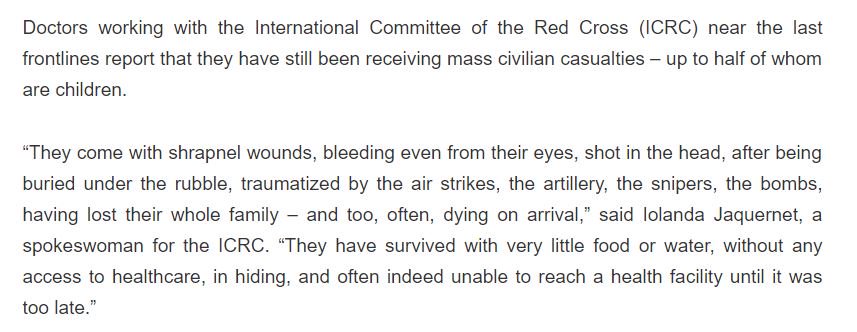

5) @ICRC
and intl NGOs report terrible trauma, injuries among survivors. 700,000
people remain displaced from Mosul, their futures uncertain: image via Airwars @airwars, 1 July 2017

6) An estimated 150,000 Iraqi, peshmerga and PMU forces took part in the battle - and while officials are cagey, 1000s of casualties likely: image via Airwars @airwars, 1 July 2017

8) Use of high explosives, indiscriminate weapons on cities - which US and allies now practice daily - must stop: image via Airwars @airwars, 1 July 2017
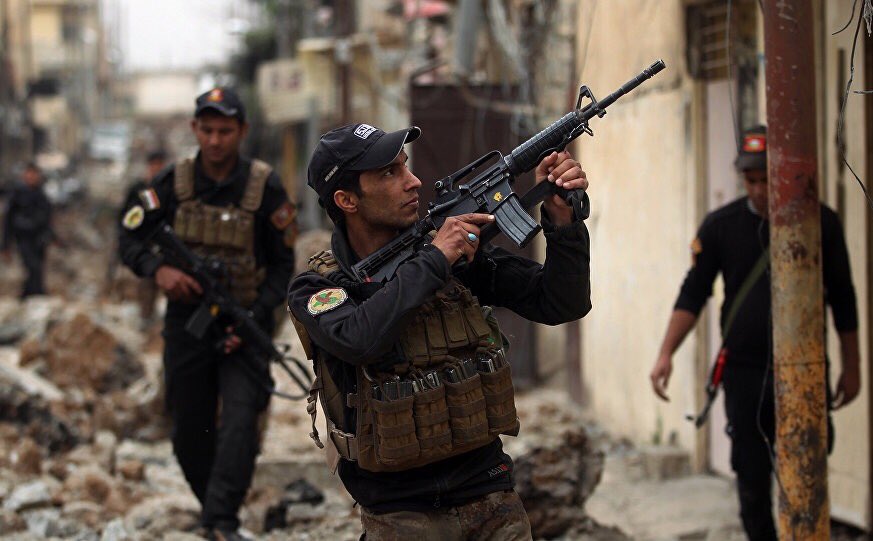

8 months ago, the toughest urban warfare battle since WW2 began. Today, most of northern #Iraq and #Mosul are free.: image via Haidar Sumeri @IraqiSecurity, 29 June 2017
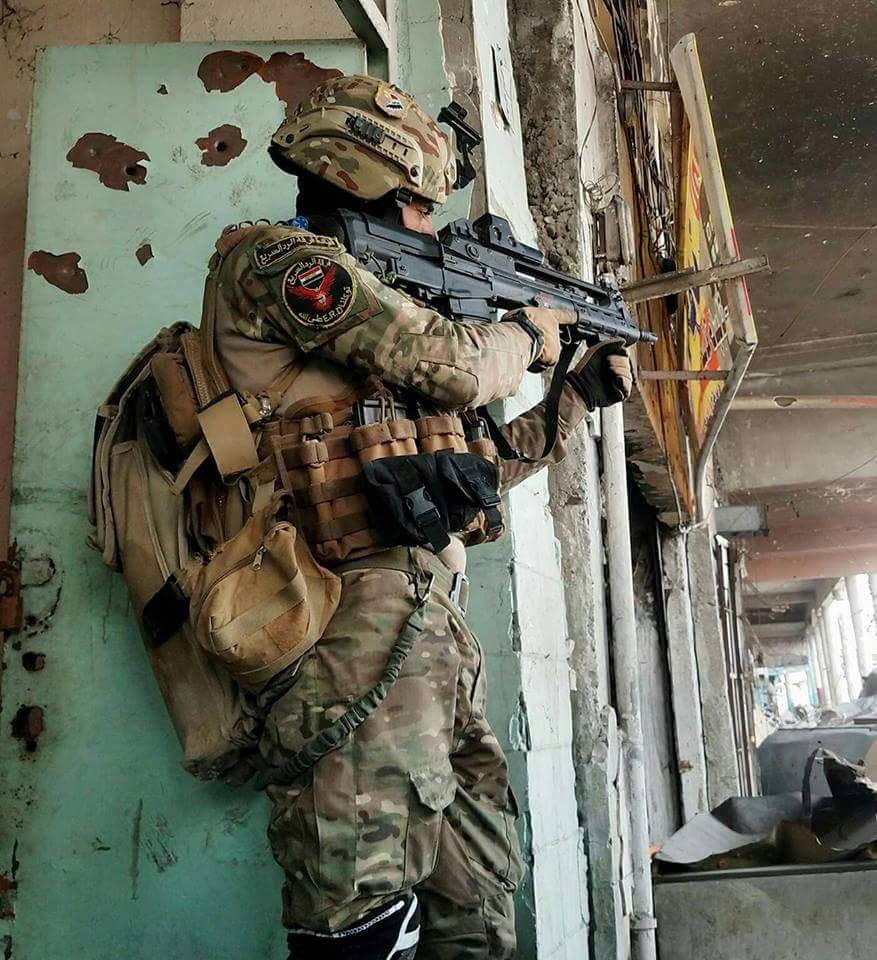
8 months ago, the toughest urban warfare battle since WW2 began. Today, most of northern #Iraq and #Mosul are free.: image via Haidar Sumeri @IraqiSecurity, 29 June 2017
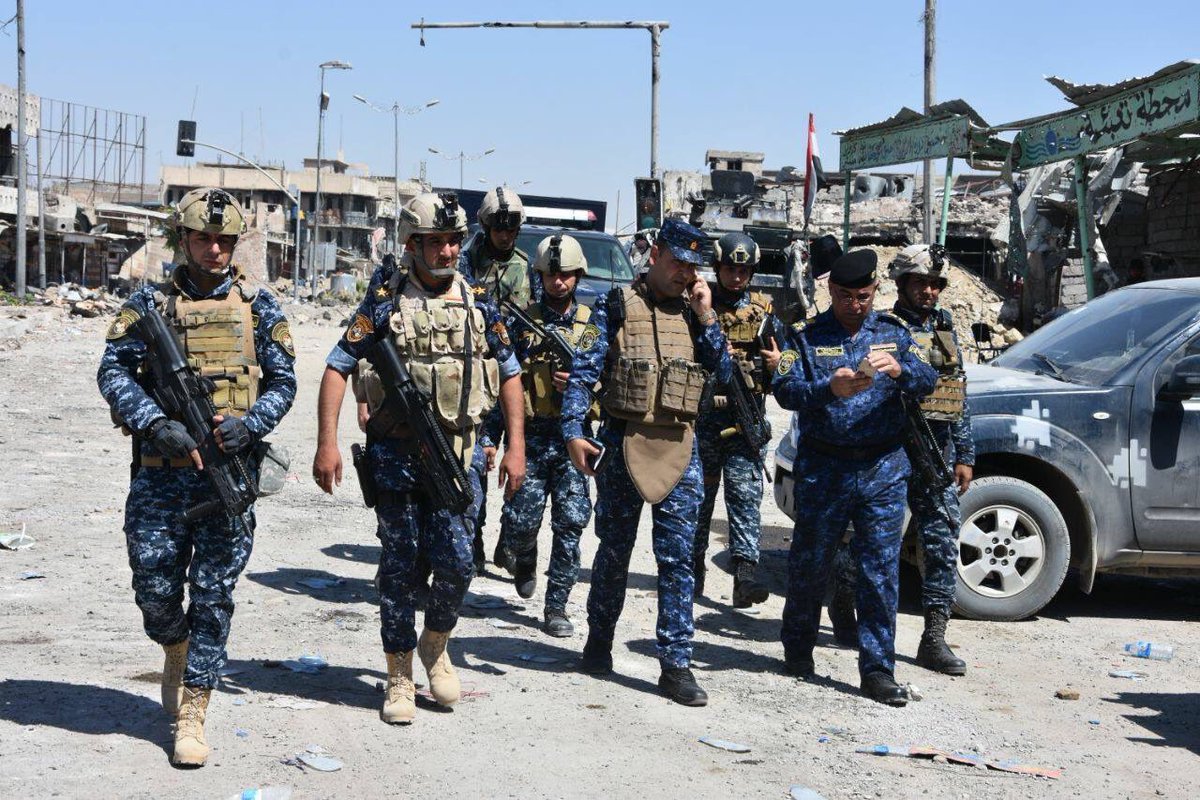
8 months ago, the toughest urban warfare battle since WW2 began. Today, most of northern #Iraq and #Mosul are free.: image via Haidar Sumeri @IraqiSecurity, 29 June 2017
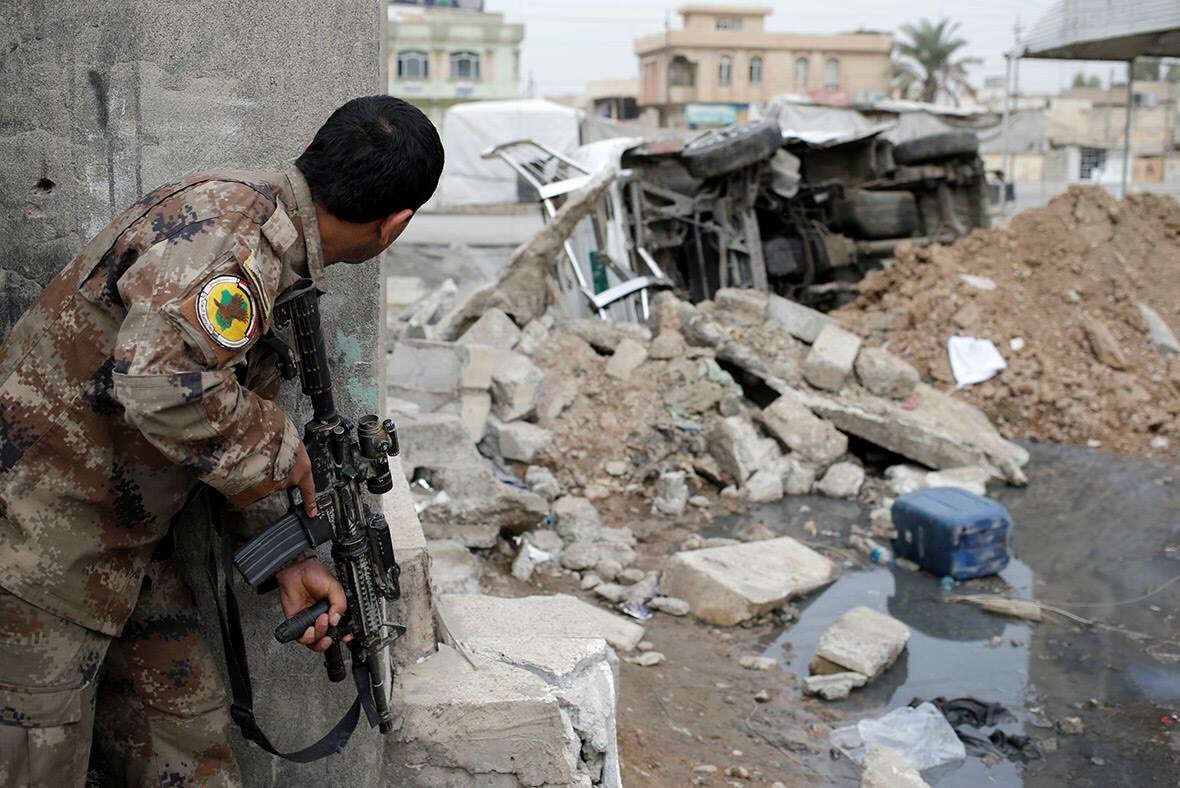
8 months ago, the toughest urban warfare battle since WW2 began. Today, most of northern #Iraq and #Mosul are free.: image via Haidar Sumeri @IraqiSecurity, 29 June 2017
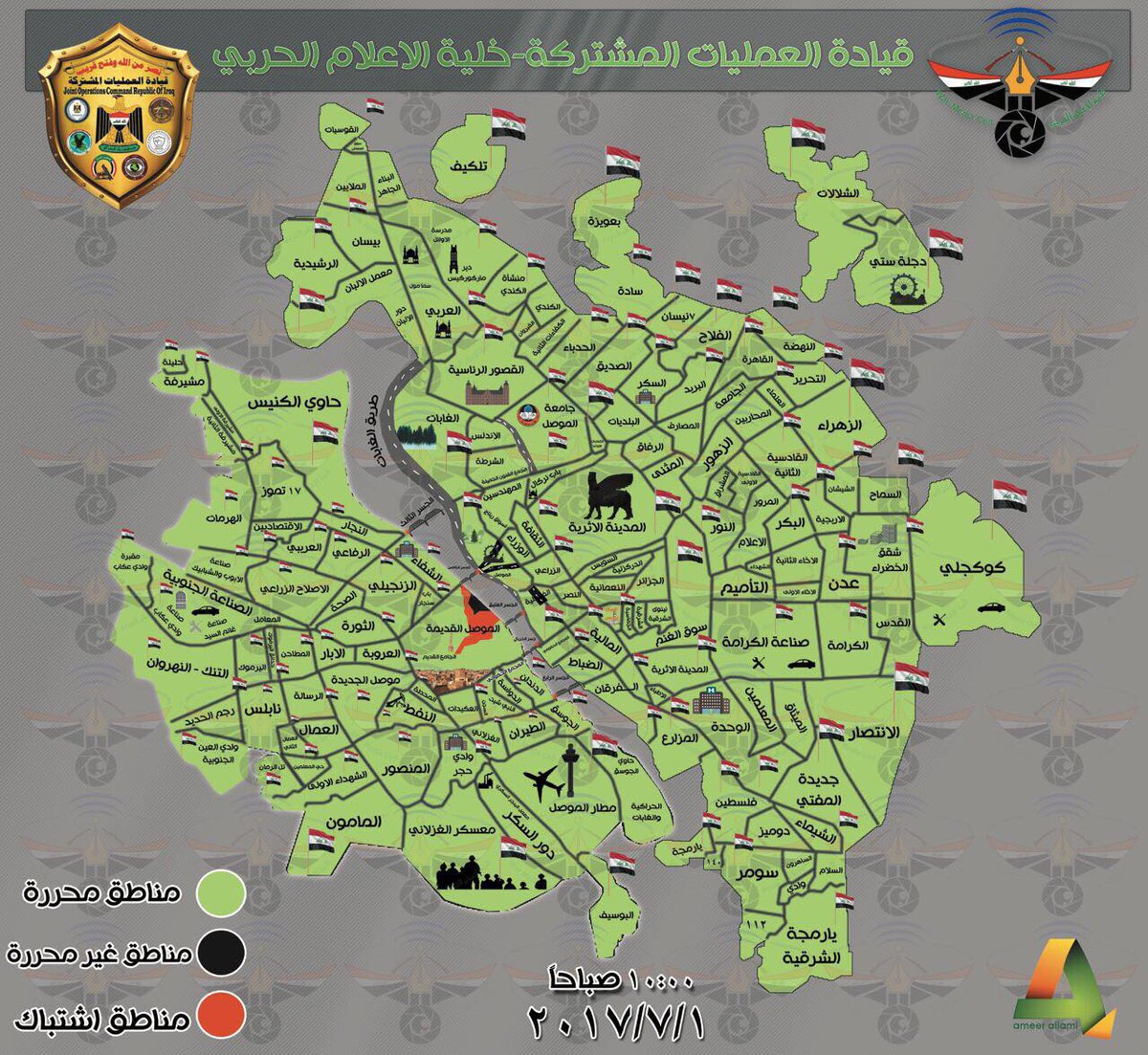
#Iraq #Mosul, nearly done. A map provided by the #Iraq-i Joint Operation Command: image via Ahmad Mousa @AhmadMousaQ, 1 July 2017

8 months ago, the toughest urban warfare battle since WW2 began. Today, most of northern #Iraq and #Mosul are free.: image via Haidar Sumeri @IraqiSecurity, 29 June 2017

8 months ago, the toughest urban warfare battle since WW2 began. Today, most of northern #Iraq and #Mosul are free.: image via Haidar Sumeri @IraqiSecurity, 29 June 2017

8 months ago, the toughest urban warfare battle since WW2 began. Today, most of northern #Iraq and #Mosul are free.: image via Haidar Sumeri @IraqiSecurity, 29 June 2017

#Iraq #Mosul, nearly done. A map provided by the #Iraq-i Joint Operation Command: image via Ahmad Mousa @AhmadMousaQ, 1 July 2017
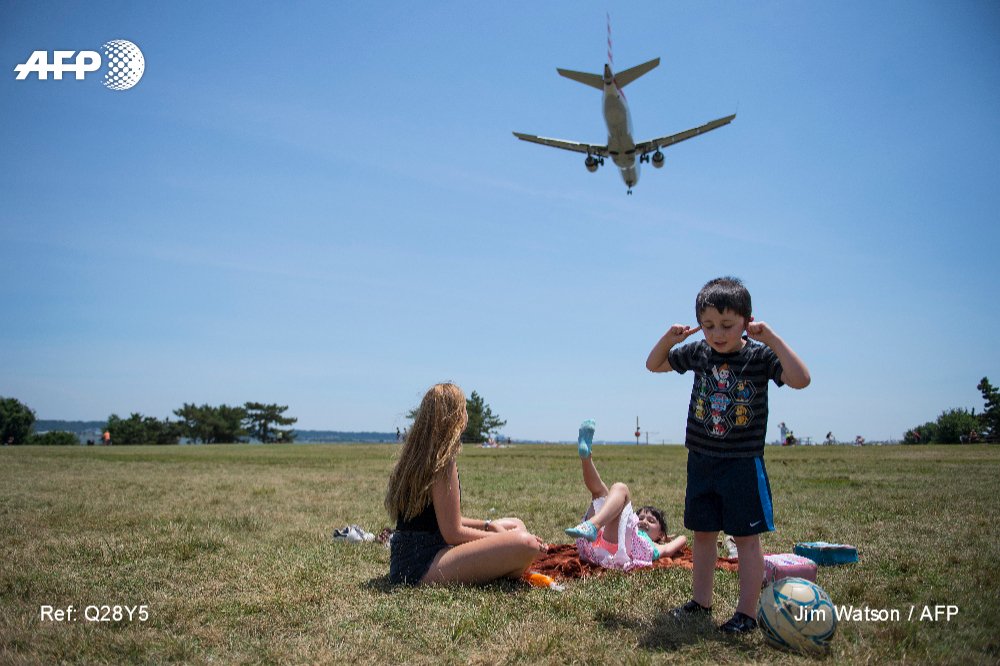
#USA A young boy plugs his ears as planes land at Ronald Reagan National Airport in Arlington. @JimWatson_AFP #AFP: image via Frédérique Geffard @fgeffardAFP, 1 July 2017
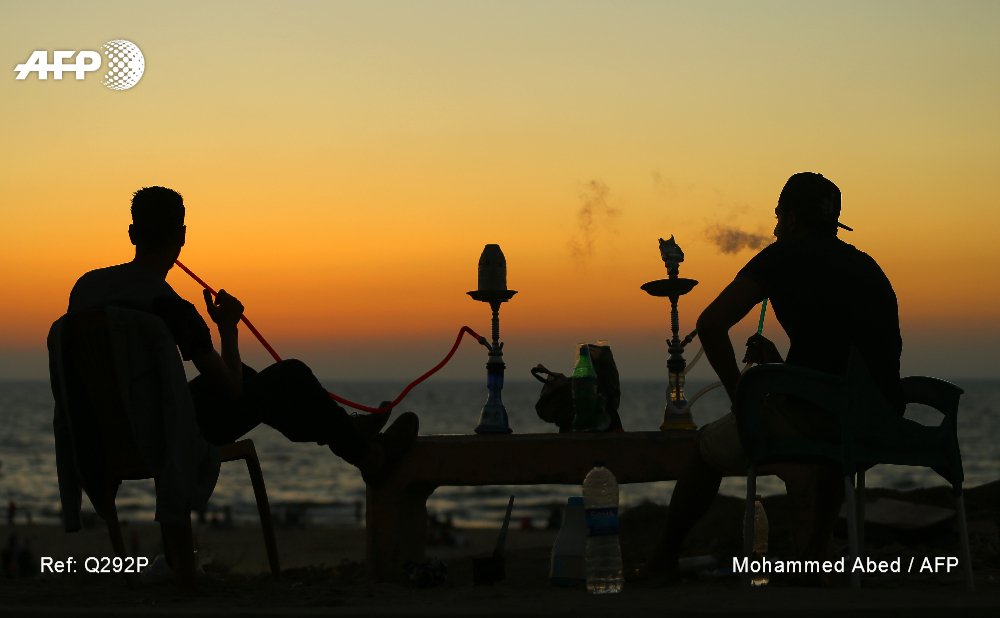
GAZA CITY - Palestinian youths smoke waterpipe (narjileh or shisha) by the beach at sunset. Photo @mohmdabed #AFP: image via Frédérique Geffard @fgeffardAFP, 1 July 2017
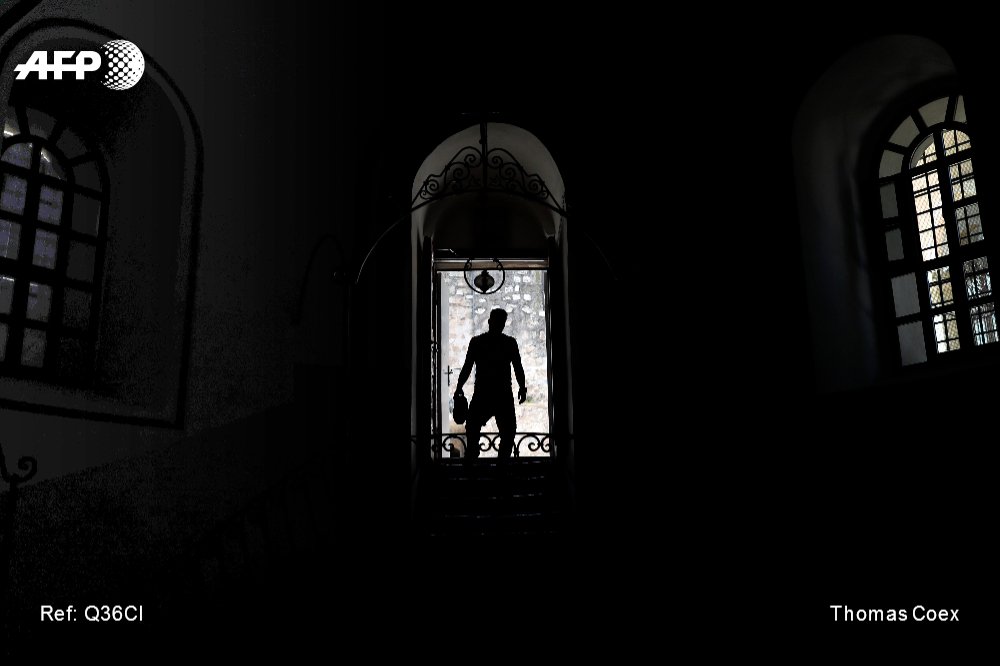
WEST BANK - A silhouette of a man is seen in the doorway of the Church of Nativity in Bethlehem. Photo @TomCoex #AFP: image via Frédérique Geffard @fgeffardAFP, 1 July 2017
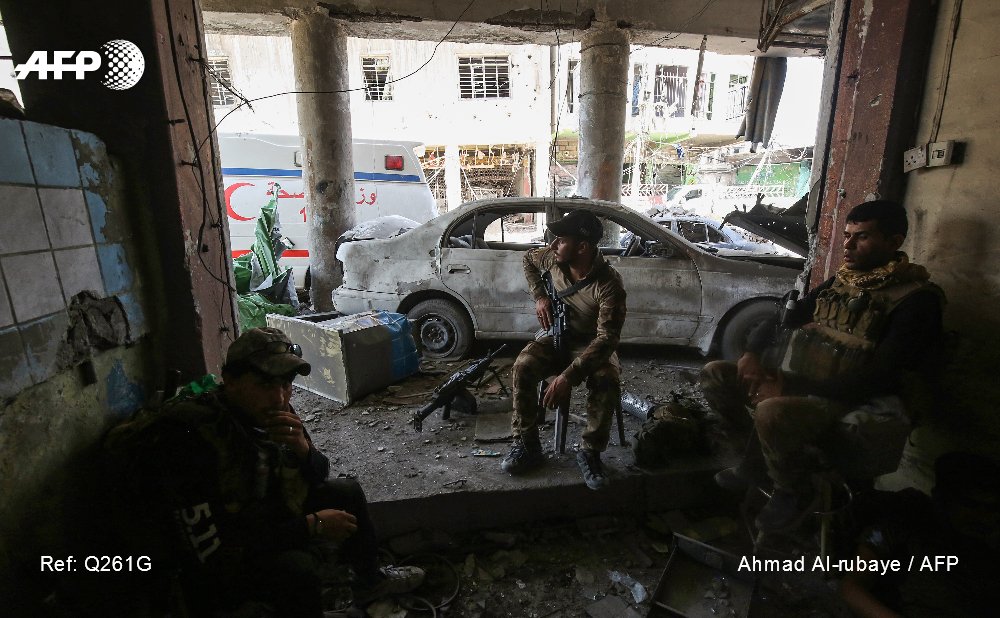
#Iraq Members of the Iraqi Counter-Terrorism Service rest while
advancing towards the Grand Mosque of Nuri in Mosul. Photo Ahmad
Al-Rubaye #AFP: image via Frédérique Geffard @fgeffardAFP, 1 July 2017

#Iraq Mosul victory in 'days' as pressure on IS mounts #AFP Photo Ahmad Al-Rubaye: image via Aurelia BAILLY @AureliaBAILLY, 30 June 2017

#Iraq Mosul victory in 'days' as pressure on IS mounts #AFP Photo Ahmad Al-Rubaye: image via Aurelia BAILLY @AureliaBAILLY, 30 June 2017
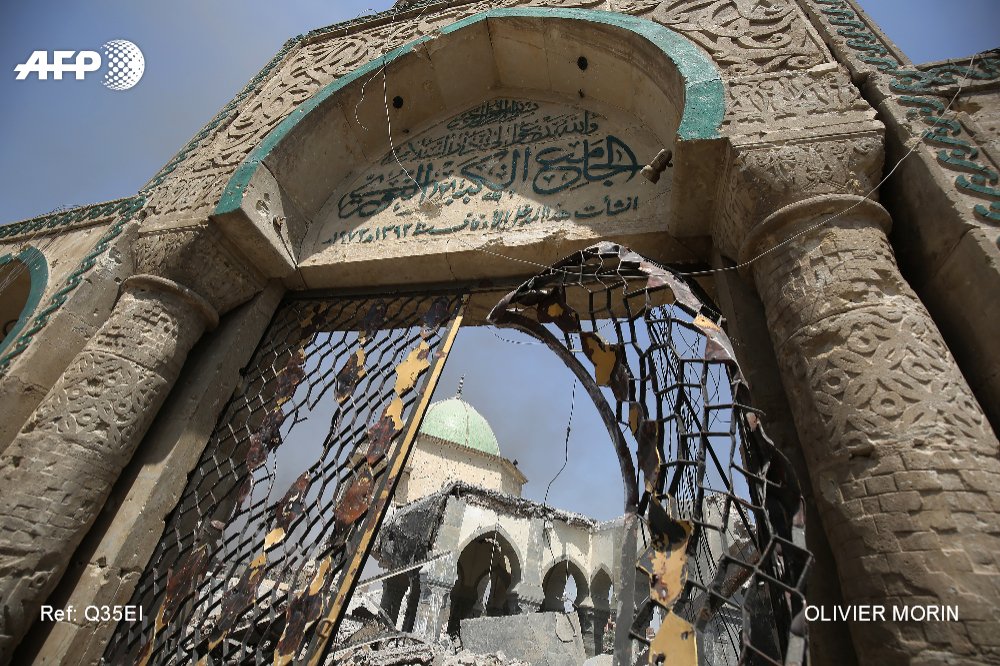
#Iraq View of the destroyed Al-Nuri Mosque in the Old City of Mosul, during #MosulOffensive Photo Ahmad Al-Rubaye #AFP: image via Frédérique Geffard @fgeffardAFP, 1 July 2017

An aerial view of the destroyed Al Nuri Grand Mosque in the Old City of Mosul, Iraq: photo by Felipe Dana/AP, 29 June 2017

An aerial view of the destroyed Al Nuri Grand Mosque in the Old City of Mosul, Iraq: photo by Felipe Dana/AP, 29 June 2017

Iraqi soldiers called to survivors of an Islamic State suicide car bombing in Mosul in March.: photo by Ivor Prickett for The New York Times, 29 June 2017

Iraqi soldiers called to survivors of an Islamic State suicide car bombing in Mosul in March.: photo by
Ivor Prickett for The New York Times, 29 June 2017
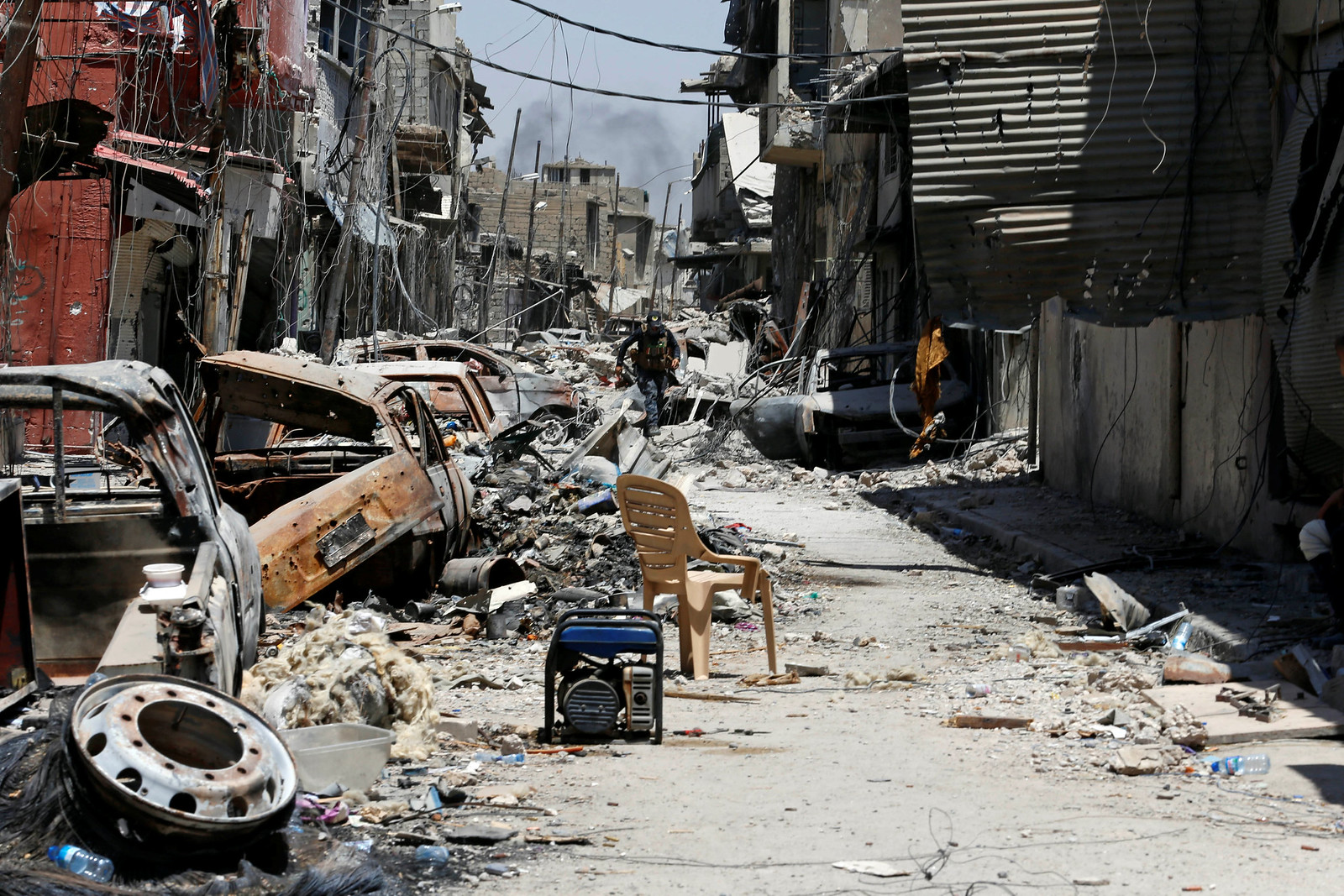
Old City of Mosul, Iraq. A member of the Iraqi Federal Police runs for cover on the frontline in the Old City of Mosul, Iraq, June 28, 2017. Photo Ahmed Jadallah/Reuters: Image via euronews, 28 June 2017

Old City of Mosul, Iraq. A member of the Iraqi Federal Police runs for cover on the frontline in the Old City of Mosul, Iraq, June 28, 2017. Photo Ahmed Jadallah/Reuters: Image via euronews, 28 June 2017

Old City of Mosul, Iraq. A member of the Iraqi Federal Police runs for cover on the frontline in the Old City of Mosul, Iraq, June 28, 2017. Photo Ahmed Jadallah/Reuters: Image via euronews, 28 June 2017

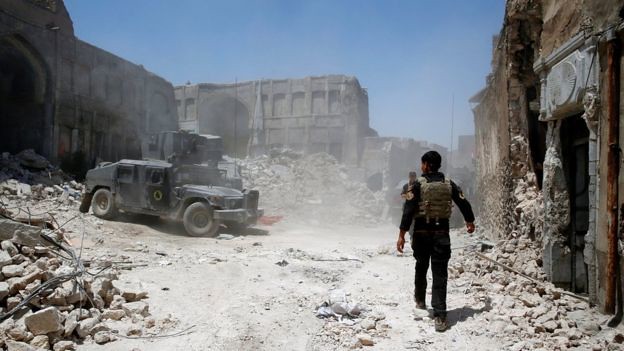
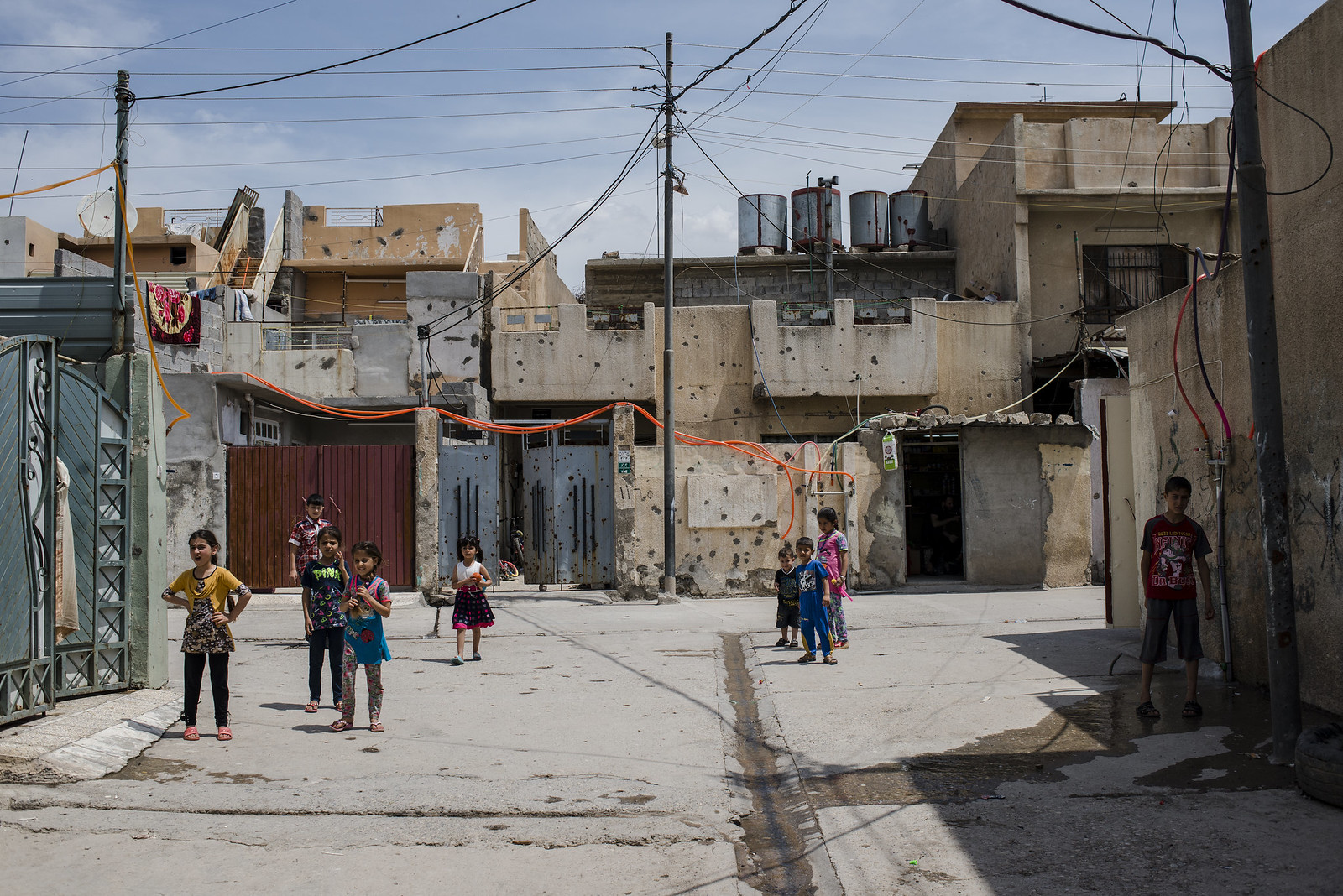
Children playing in the street of the Aden neighborhood of East Mosul, Iraq, with patched-up bullet holes still visible in the houses. Photo @UNDP Iraq /Alex Potter: image via trust dot org, 6 May 2017

Children playing in the street of the Aden neighborhood of East Mosul, Iraq, with patched-up bullet holes still visible in the houses. Photo @UNDP Iraq /Alex Potter: image via trust dot org, 6 May 2017

Children playing in the street of the Aden neighborhood of East Mosul, Iraq, with patched-up bullet holes still visible in the houses. Photo @UNDP Iraq /Alex Potter: image via trust dot org, 6 May 2017
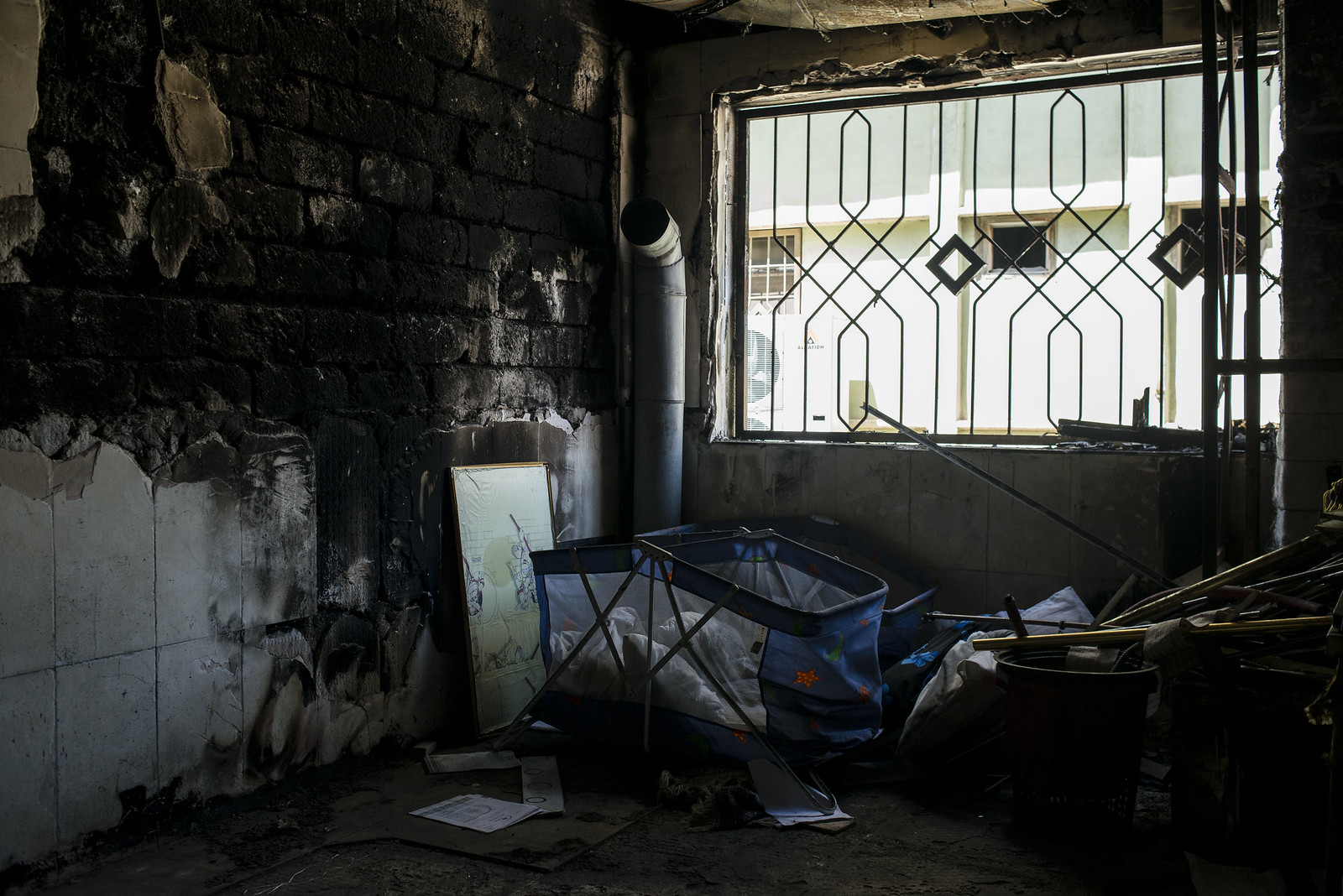
A burnt-out patient room at Ibn al Atheer Hospital in East Mosul, Iraq: image via trust dot org 26 April 2017

A burnt-out patient room at Ibn al Atheer Hospital in East Mosul, Iraq: image via trust dot org, 26 April 2017

A burnt-out patient room at Ibn al Atheer Hospital in East Mosul, Iraq: image via trust dot org, 26 April 2017
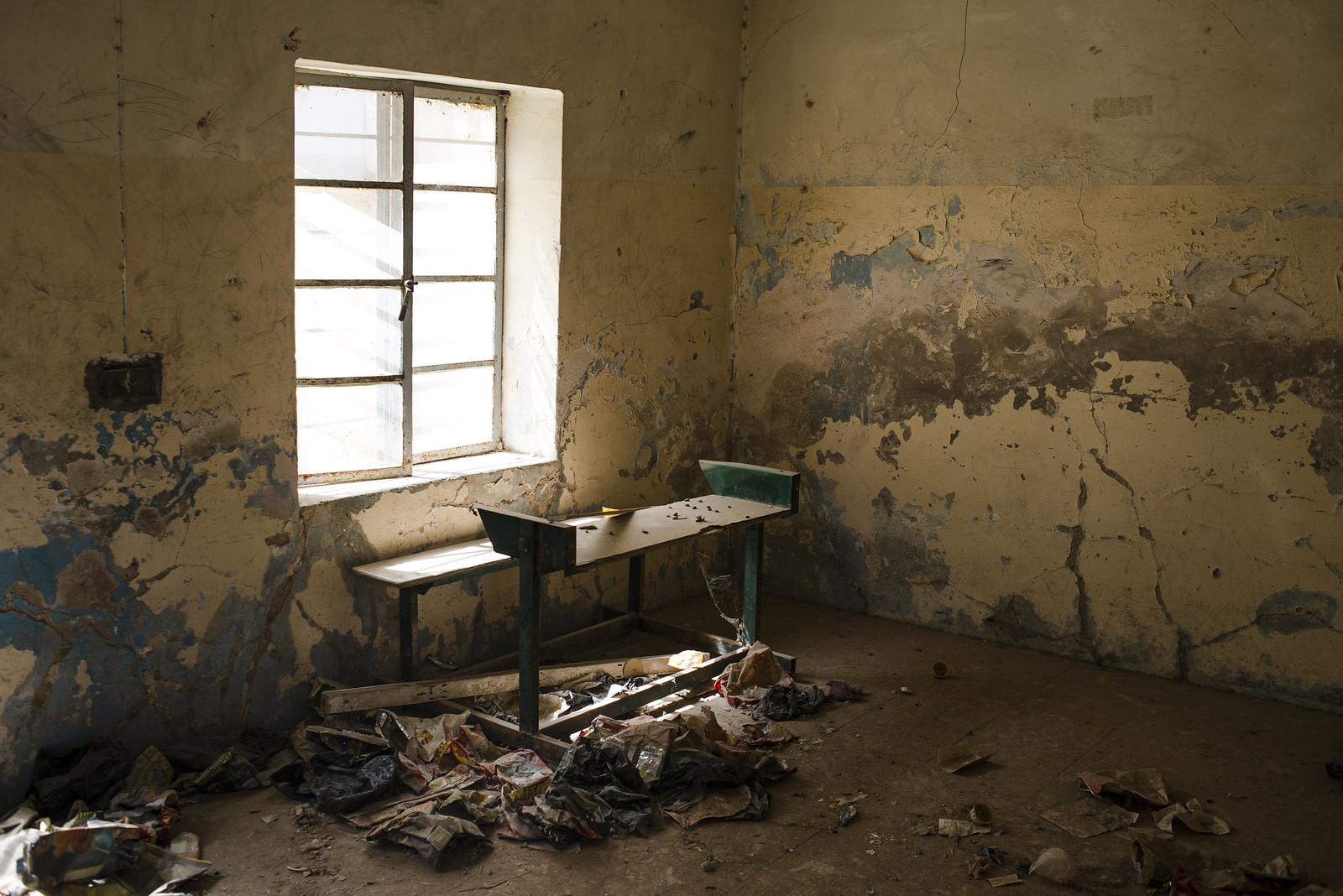
A view of the old, disused classrooms at the Gogjali School, before East Mosul was liberated.: image via trust dot org, 26 April 2017

A view of the old, disused classrooms at the Gogjali School, before East Mosul was liberated.: image via trust dot org, 26 April 2017

A view of the old, disused classrooms at the Gogjali School, before East Mosul was liberated.: image via trust dot org, 26 April 2017

[Untitled]: image via Airwars @airwars, 1 July 2017

[Untitled]: image via Airwars @airwars, 1 July 2017
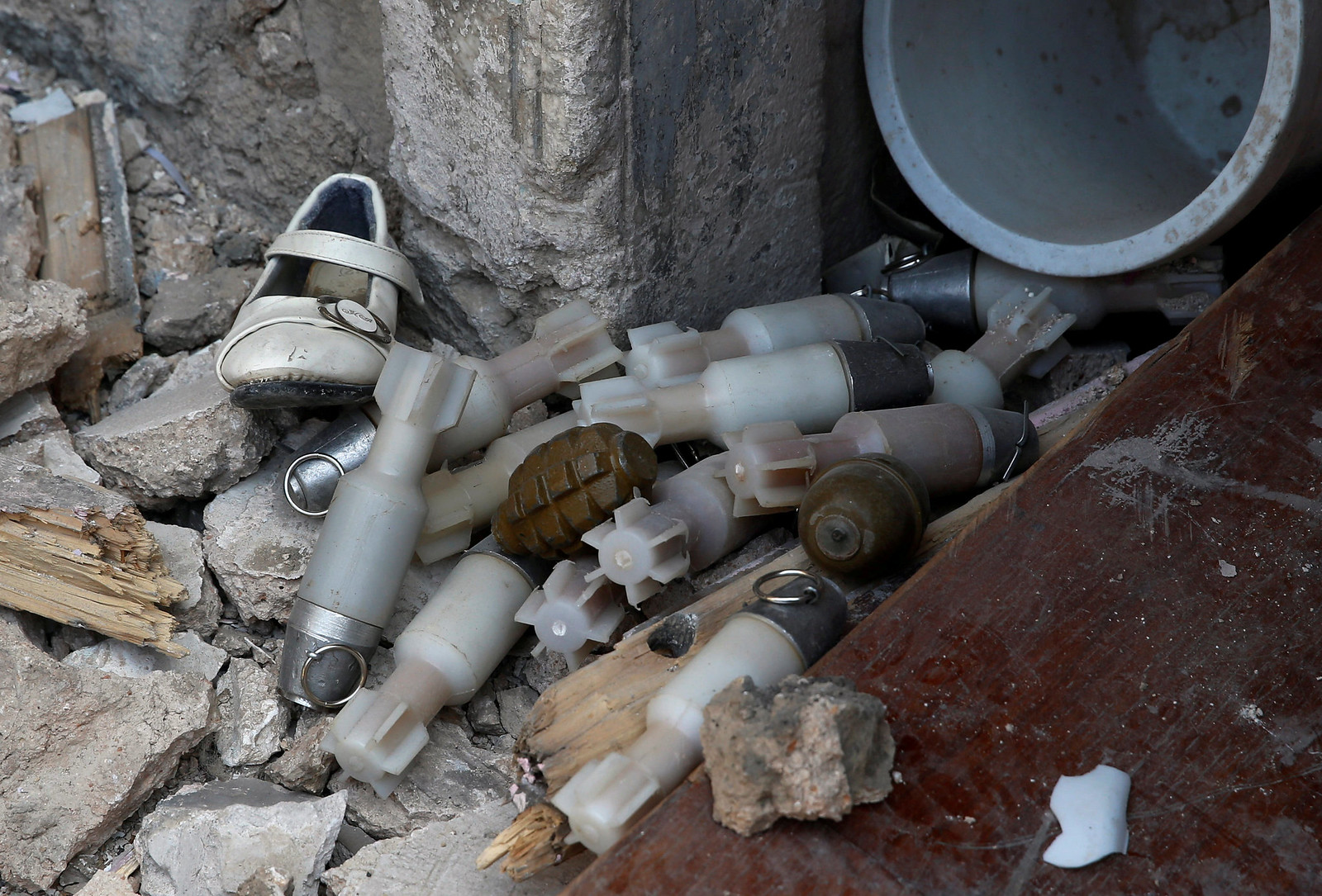
A shoe is seen amid a pile of unexploded ordnance at the positions of the Iraqi forces at the frontline in Old City of West Mosul, Iraq, June 27, 2017. Photo Erik de Castro/Reuters.: Image via euronews, 28 June 2017

A shoe is seen amid a pile of unexploded ordnance at the positions of the Iraqi forces at the frontline in Old City of West Mosul, Iraq, June 27, 2017. Photo Erik de Castro/Reuters.: Image via euronews, 28 June 2017

A shoe is seen amid a pile of unexploded ordnance at the positions of the Iraqi forces at the frontline in Old City of West Mosul, Iraq, June 27, 2017. Photo Erik de Castro/Reuters.: Image via euronews, 28 June 2017

Old City of Mosul, Iraq. A member of the Iraqi Federal Police runs for cover on the frontline in the Old City of Mosul, Iraq, June 28, 2017. Photo Ahmed Jadallah/Reuters: Image via euronews, 28 June 2017

Old City of Mosul, Iraq. A member of the Iraqi Federal Police runs for cover on the frontline in the Old City of Mosul, Iraq, June 28, 2017. Photo Ahmed Jadallah/Reuters: Image via euronews, 28 June 2017

Old City of Mosul, Iraq. A member of the Iraqi Federal Police runs for cover on the frontline in the Old City of Mosul, Iraq, June 28, 2017. Photo Ahmed Jadallah/Reuters: Image via euronews, 28 June 2017

Pasukan Irak Usir Isis dari Mosul: image via Redaksi Indonesia, 29 June 2017

_96729019_mosul_reuters: image via nhien tran, 29 June 2017

Children playing in the street of the Aden neighborhood of East Mosul, Iraq, with patched-up bullet holes still visible in the houses. Photo @UNDP Iraq /Alex Potter: image via trust dot org, 6 May 2017

Children playing in the street of the Aden neighborhood of East Mosul, Iraq, with patched-up bullet holes still visible in the houses. Photo @UNDP Iraq /Alex Potter: image via trust dot org, 6 May 2017

Children playing in the street of the Aden neighborhood of East Mosul, Iraq, with patched-up bullet holes still visible in the houses. Photo @UNDP Iraq /Alex Potter: image via trust dot org, 6 May 2017

A burnt-out patient room at Ibn al Atheer Hospital in East Mosul, Iraq: image via trust dot org 26 April 2017

A burnt-out patient room at Ibn al Atheer Hospital in East Mosul, Iraq: image via trust dot org, 26 April 2017

A burnt-out patient room at Ibn al Atheer Hospital in East Mosul, Iraq: image via trust dot org, 26 April 2017

A view of the old, disused classrooms at the Gogjali School, before East Mosul was liberated.: image via trust dot org, 26 April 2017

A view of the old, disused classrooms at the Gogjali School, before East Mosul was liberated.: image via trust dot org, 26 April 2017

A view of the old, disused classrooms at the Gogjali School, before East Mosul was liberated.: image via trust dot org, 26 April 2017

[Untitled]: image via Airwars @airwars, 1 July 2017

[Untitled]: image via Airwars @airwars, 1 July 2017

A shoe is seen amid a pile of unexploded ordnance at the positions of the Iraqi forces at the frontline in Old City of West Mosul, Iraq, June 27, 2017. Photo Erik de Castro/Reuters.: Image via euronews, 28 June 2017

A shoe is seen amid a pile of unexploded ordnance at the positions of the Iraqi forces at the frontline in Old City of West Mosul, Iraq, June 27, 2017. Photo Erik de Castro/Reuters.: Image via euronews, 28 June 2017

A shoe is seen amid a pile of unexploded ordnance at the positions of the Iraqi forces at the frontline in Old City of West Mosul, Iraq, June 27, 2017. Photo Erik de Castro/Reuters.: Image via euronews, 28 June 2017
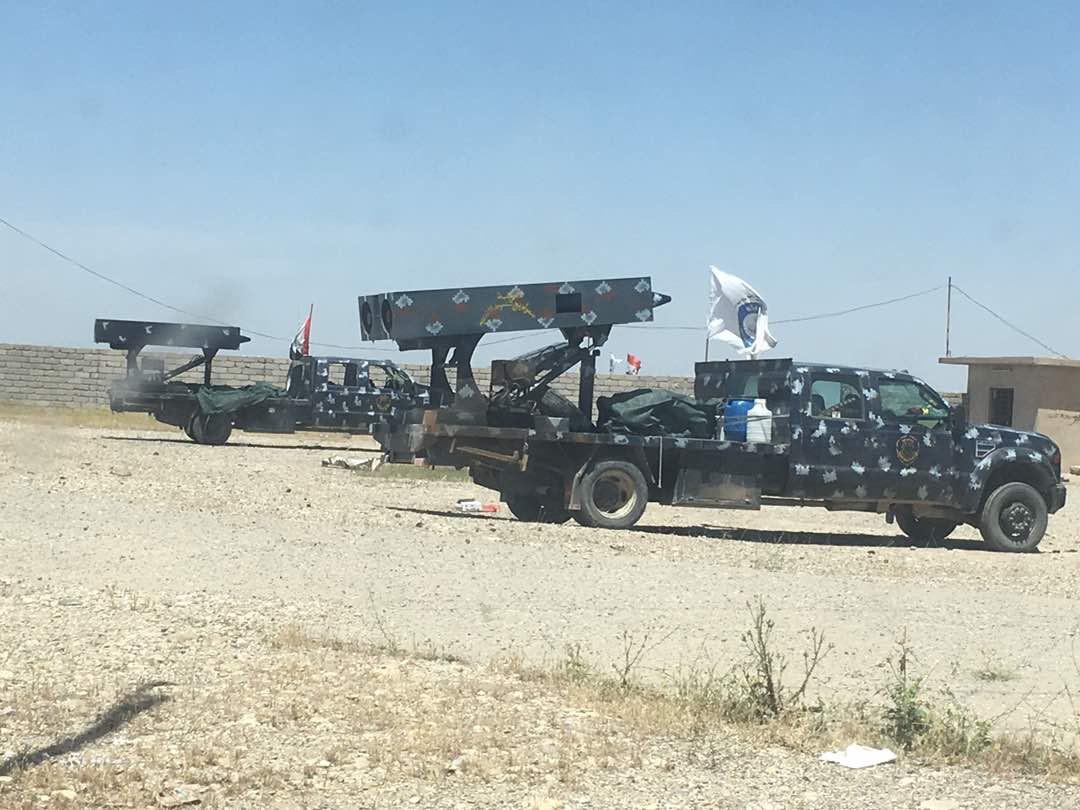



2 comments:
Why does the news from Mosul take me back to Vietnam? Because 'It became necessary to destroy the town to save it', a United States major said today. He was talking about the decision by allied commanders to bomb and shell the town regardless of civilian casualties, to rout the Vietcong.
Vassilis, I guess the reason would probably be that you are 1. conscious, 2. conscientious (have a conscience), and 3. historically aware (putting you in an extreme minority, of course).
The "technological society" cannot make or contribute anything but more of itself (i.e. more death).
On the brink of the outbreak of Iraq I, nigh on three decades back, I did a long interview with D. Elsberg, at his home, in the midst of which he unexpectedly broke down and wept uncontrollably for some minutes, over the "village we had to destroy to save".
He had been there. Everything he had thought and believed, up in smoke and flames, in that moment, along with the sad homes and belongings of all those villagers who had been "saved".
All that is forgot now. To destroy is now the order of the day, but who or what is being saved becomes more than ever an open question.
The IS cult is horrible, all agree, and "defeating" them in Mosul is meant to be a "victory".
But for whom exactly? For the "allied commanders"?
Did the IS cult materialize out of thin air -- or out of this world, where any great grievance, even if insane, is now justifiable, on grounds this world is as it is?
Post a Comment